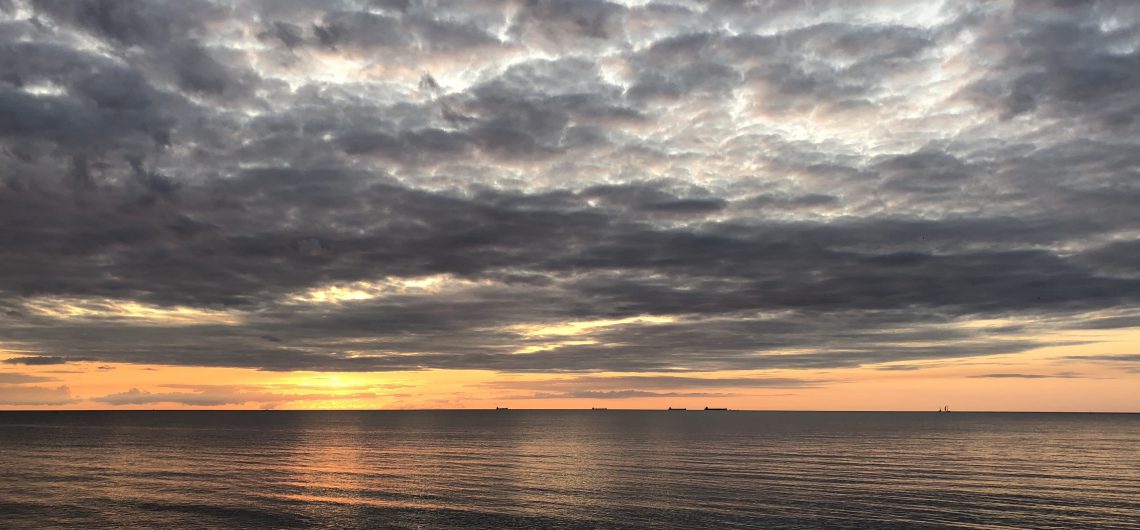A trip to Latvia’s largest island is already worth it. The wide sandy meadows create the feeling that you have left the city and quickly start to distance yourself from stress and the city’s noise. And then suddenly you enter Bolderāja Republic, a place with large houses, high cranes, a church and possibly the tastiest kebab in the world. Right here is the bridge across the Buļļupe to Daugavgrīva, from which there is a view of the Love Island, which was formed only in the 19th century from Daugava sandbars. People say that the island got its name due to the events that took place in this overgrown and difficult to access corner between the Daugavgrīva soldiers and the Bolderāja fisherman’s daughters.


More about the name of Buļļu Island and its geographical formation can be read in our #13 article about the Bolderāja dune. It is worth mentioning that Buļļu Island was formed only 263 years ago, when ice drifts from the Lielupe river diverted it over the dune line, carving out its own path to the sea. Prior to that, the Lielupe river was actually a tributary of the Daugava, which joined the river in the place where the Buļļupe currently flows into it.

Buļļu, also known as Daugavgrīva Island, is full of striking contrasts. First of all, Daugavgrīva itself with its industrial and military heritage, Memme’s garden cooperative, and multi-storey buildings from the Soviet era. This is followed, I would argue, by the quite luxurious Rītabuļļi, where there are some untidy bushes, however, most of the buildings here are stylishly modern. At the end of the island, where all roads end, lies the most romantic corner of Riga – Vakarbuļļi.
I first visited this small fishermans willage many years ago and this place captivated me. Due to work, I come here at least once a week, sometimes more often, and sometimes just like that. Unlike other similar places, Vakarbuļļi have not turned into a proud residential area for villas, but rather resemble an idyllic rural corner. The Lielupe, Buļļupe, nearby sea and the Vakarbuļļi nature reserve make Vakarbuļļi an cozy natural environment.

Walking on Bullēnu street, I reach Vakarbuļļu street. All around is water, nature, and boats. It’s late afternoon, an hour before sunset. Nature is quiet. Across the Buļļupe, in the direction of Riga, a motorboat quietly glides like on fingertips. People are busy in their yards, mowing the grass, picking fallen apples. In one yard a woman is sanding a tree with an electric sander, but the sound seems quieter than it should be. Here, there is a rare kind of silence that my ears, tired of the constant noise of Riga, cannot immediately adjust to.

A few houses down from the river bank, the sculptures of sculptor Pauls Jaunzems are on display, which have increased several times since my first visit. In Vakarbuļļi, as in all places where residents recognize each other by the sound of their footsteps, I feel like an outsider, so I go to the bird-watching tower, located at the western end of Daugavgrīva. I have brought binoculars with me. There are no birds, so I observe cows and people going towards the sea and back.

Writing this experienced description, I often want to use the word “romantic” more than ever. Maybe because it’s late afternoon, maybe because I’m longing for my wife who is away for a week. And also, watching the sunset at the Daugavgrīva lighthouse, which can only be accessed from the beach, I can’t describe it in any other way than romantic. Even the four giant ships waiting in the distance to enter the Daugava seem to be in love.









Comments